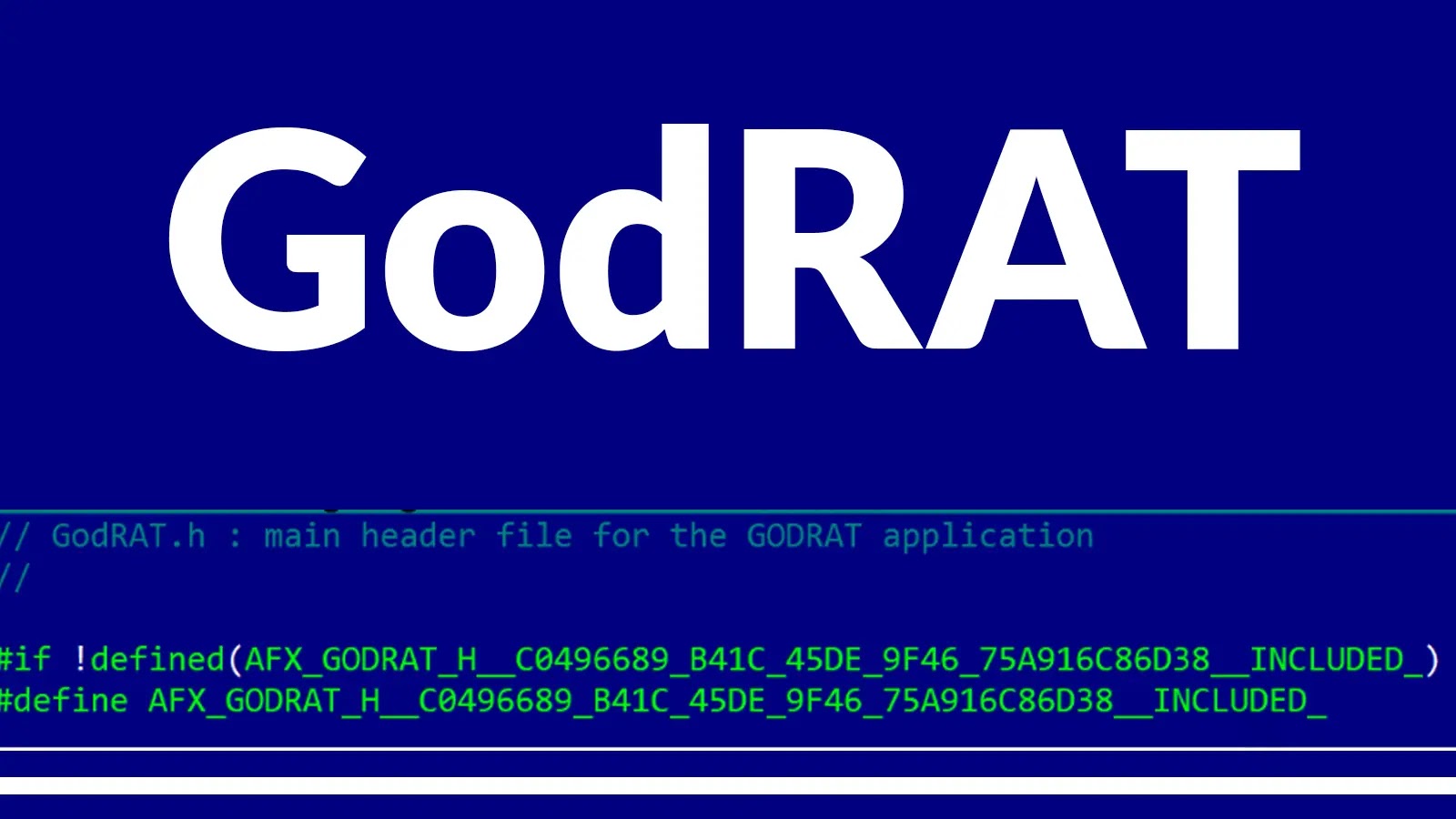OpenAI’s Aardvark GPT-5: Revolutionizing Automated Vulnerability Detection and Remediation
In an era where software vulnerabilities are escalating at an unprecedented rate, OpenAI has introduced Aardvark, an autonomous AI agent powered by its advanced GPT-5 model. This innovative tool is designed to detect and automatically propose fixes for software vulnerabilities, aiming to empower developers and security teams by scaling human-like analysis across extensive codebases. The launch of Aardvark addresses the pressing challenge of safeguarding software, especially considering that over 40,000 new Common Vulnerabilities and Exposures (CVEs) were reported in 2024 alone.
Understanding Aardvark’s Functionality
Aardvark operates through a sophisticated multi-stage pipeline that emulates the investigative process of an experienced security researcher:
1. Comprehensive Repository Analysis: The process begins with an in-depth examination of the entire code repository to generate a threat model. This model encapsulates the project’s security objectives and potential risks, laying the groundwork for subsequent analysis.
2. Real-Time Commit Scanning: As developers push updates, Aardvark scrutinizes code changes against the established threat model, identifying vulnerabilities in real-time. For initial integrations, it also reviews historical commits to uncover latent issues that may have been overlooked.
3. Transparent Explanations: To ensure clarity and facilitate human review, Aardvark provides step-by-step explanations accompanied by annotated code snippets. This transparency allows developers to understand the nature of the vulnerabilities and the reasoning behind the proposed fixes.
4. Validation in a Sandboxed Environment: Upon detecting a potential flaw, Aardvark attempts to exploit it within a controlled, isolated environment. This validation process confirms the real-world impact of the vulnerability and minimizes false positives by providing high-fidelity insights into the flaw’s exploitability.
5. Automated Remediation: Leveraging OpenAI’s Codex, Aardvark generates precise patches for the identified vulnerabilities. These patches are attached directly to the findings, enabling developers to apply them with a single click after review, thereby streamlining the remediation process.
Unlike traditional methods such as fuzzing or static analysis, Aardvark employs large language model (LLM)-powered reasoning to deeply comprehend code behavior. This advanced understanding allows it to identify not only security vulnerabilities but also non-security bugs like logic errors. Moreover, Aardvark integrates seamlessly with platforms like GitHub and other development tools, ensuring that development velocity is maintained without disruption.
Proven Effectiveness and Deployment
Aardvark has already been deployed internally at OpenAI and with alpha partners for several months, demonstrating its value by surfacing critical vulnerabilities under complex conditions and bolstering defensive postures. Benchmark tests on curated repositories revealed that Aardvark detected 92% of known and synthetic flaws, showcasing its robust recall capabilities. In open-source applications, the agent identified multiple issues, leading to responsible disclosures and the assignment of ten CVEs, underscoring its significant role in enhancing ecosystem-wide security.
Commitment to the Open Source Community
OpenAI has committed to providing pro-bono scanning for select non-commercial projects, aligning with an updated coordinated disclosure policy that prioritizes collaboration over strict timelines. This approach fosters sustainable vulnerability management, which is crucial given the rising number of bugs introduced in software development; approximately 1.2% of commits harbor flaws with potentially devastating effects.
A Paradigm Shift in Cybersecurity
Aardvark signifies a defender-first paradigm, treating software vulnerabilities as systemic risks to infrastructure and society. By automating the detection, validation, and patching processes, it democratizes expert-level security, potentially reducing the time between the discovery and exploitation of vulnerabilities. Private beta invitations are currently open to select partners for collaborative refinement of accuracy and integration. As artificial intelligence continues to evolve, tools like Aardvark promise to fortify innovation against cyber threats, ensuring safer digital landscapes for all.



